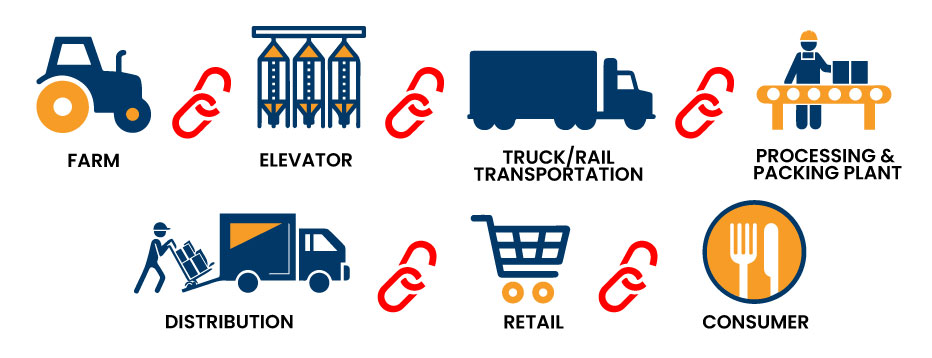Our Broken Food Chain
Montana and American farmers have become good at producing cheap food commodities for the world, but ironically, the COVID-19 crisis demonstrates that we struggle to feed ourselves. Food Chains have become extremely long with producers and consumers kept far apart, often times thousands of miles away. One break in the chain and the whole thing falls apart. This was most clearly seen at the retail level with shortages of staples such as pasta and rice, and with chicken breast flying off the shelves. However, the speed at which basic essentials were depleted, highlighted the reality of lean supply chains and just-in-time inventories that supermarkets have adopted the world over. This disruption left ranchers with livestock they could not move, the consumer with empty grocery shelves, and inflated meat prices.
What is Cheap Food Policy?
In the 1970’s, Montana raised and processed 70% of our own food. Today, we raise and process less than 10%. In our local communities we had mills, bakeries, butcher shops, and local delivery dairies. Our grocery stores had mostly Montana food on the shelves. Now we import most of our own food and travel miles to a major city grocery chain to buy it. We used to have thriving communities which in some cases have turned into ghost towns. This is a result of over 50 years of a cheap food policy. Cheap food policy is about corporate control of our food dollar.
Food Facts

84% of beef is processed by just 4 packers with the majority being foreign owned.

90% of global grain trade is controlled by 4 corporations.

Walmart controls 25% of food retail.

70% of produce is grown in just 3 states.

Many multinational plants were forced to shut down because of their workforce contracting COVID-19, which caused a break in the food chain.

Farmers and ranchers receive only 14.6 cents of every food dollar that consumers spend.

Approximately 1 in 9 Montanans struggle with hunger, and nearly 37,000 children live in food insecure homes.
(Montana Food Bank Network)
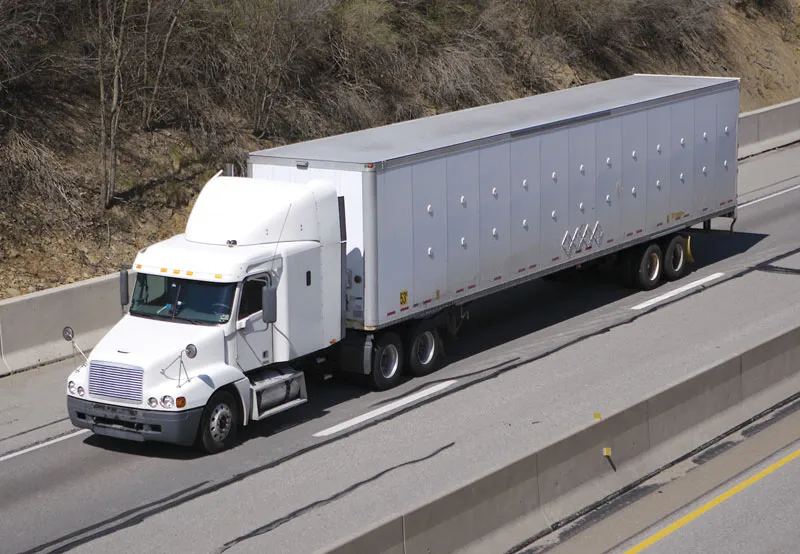
Most ag products are shipped thousands of miles to mega processing plants and then shipped back thousands of miles to be put on local grocery shelves.
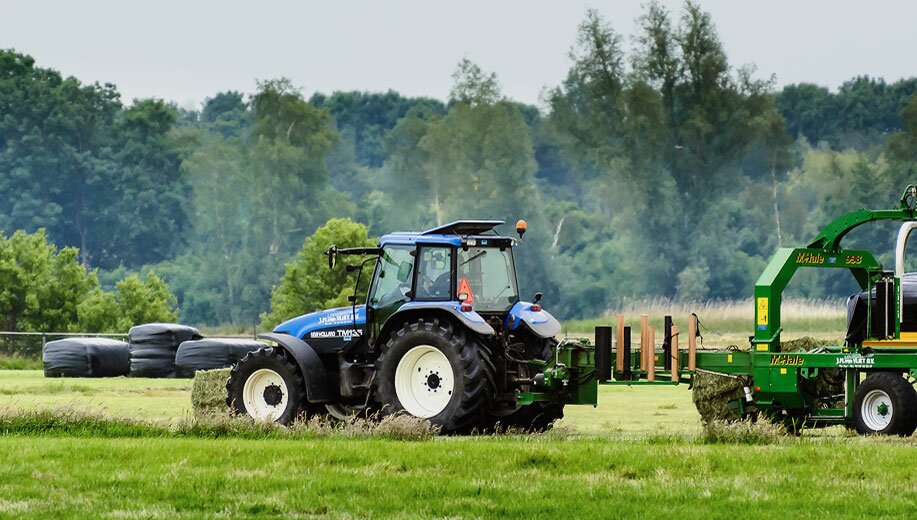
The Farmer’s Share
Did you know that farmers and ranchers receive on average 14.6 cents of every dollar that consumers spend on food at home and away from home? According to the USDA, off-farm costs, including marketing, processing, wholesaling, distribution, and retailing, account for more than 80 cents of every food dollar spent in the United States.
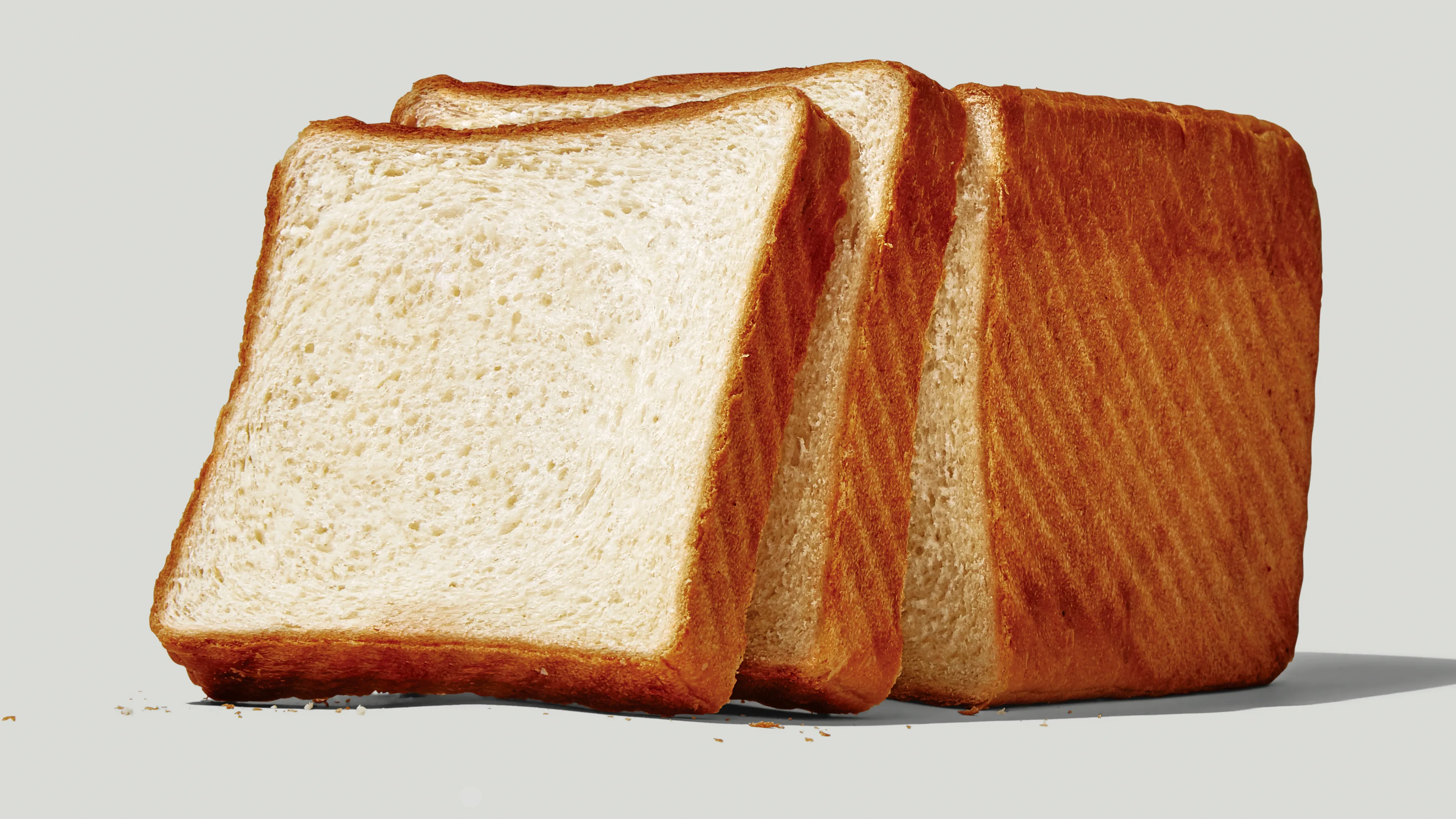
Retail: $3.99
Farmer: $0.11
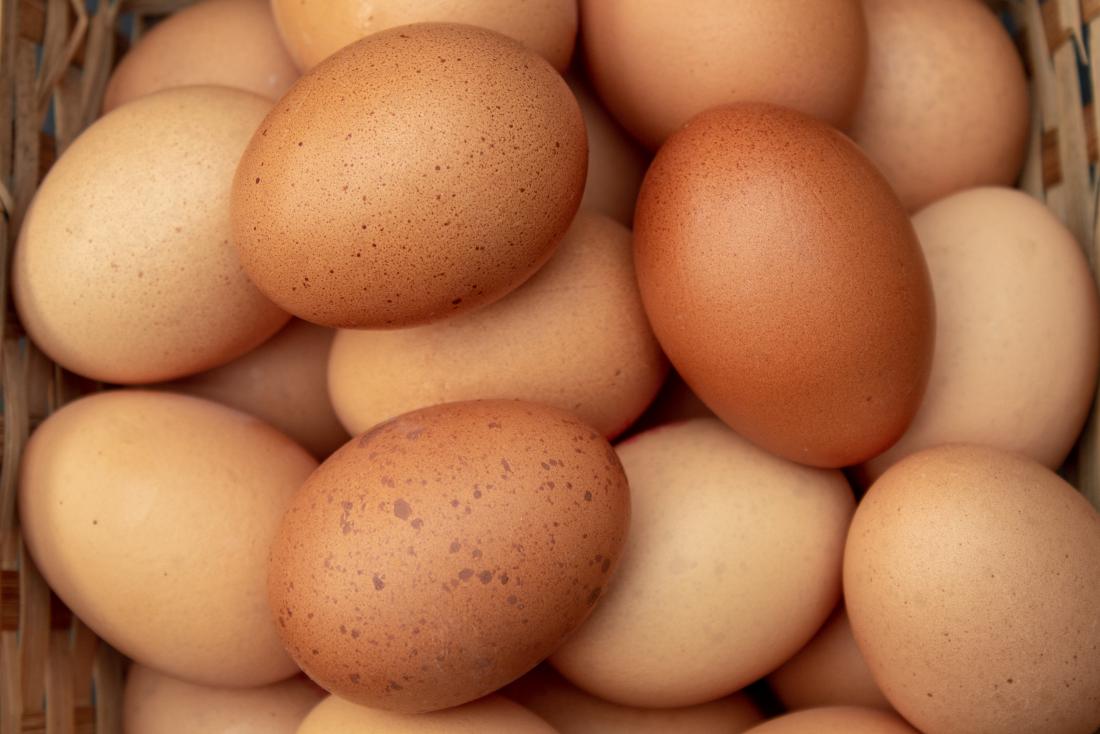
Retail: $1.59
Farmer: $0.85
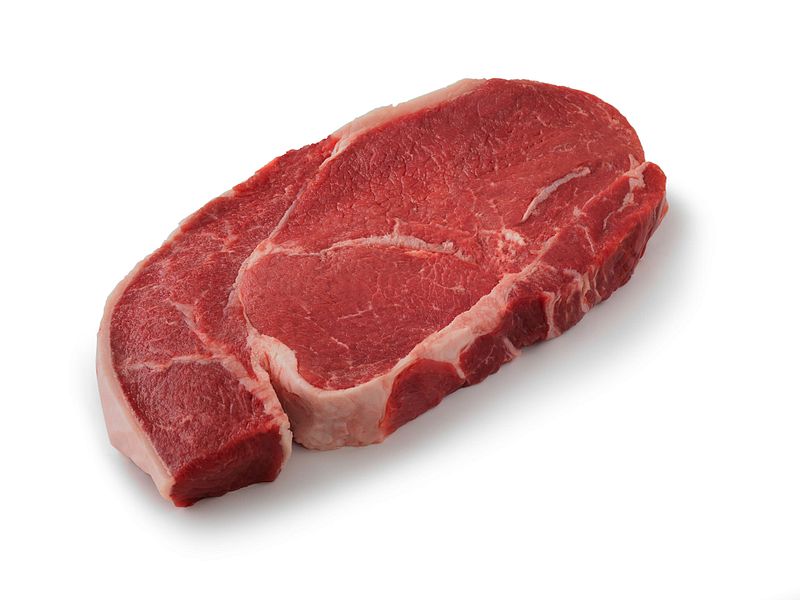
Retail: $9.99
Farmer: $1.22
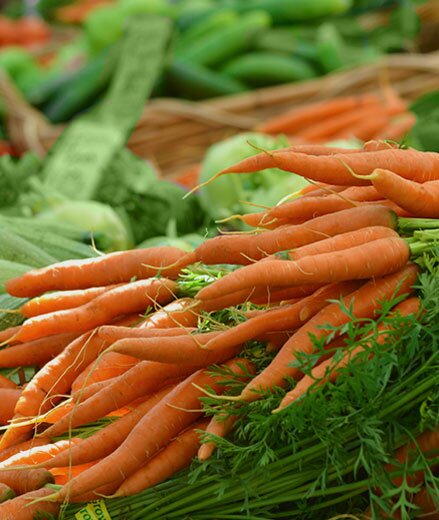
Retail: $4.89
Farmer: $2.42

